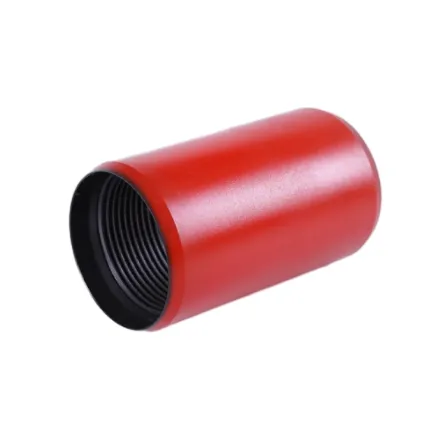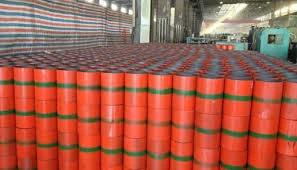- Afrikaans
- Albanian
- Amharic
- Arabic
- Armenian
- Azerbaijani
- Basque
- Belarusian
- Bengali
- Bosnian
- Bulgarian
- Catalan
- Cebuano
- Corsican
- Croatian
- Czech
- Danish
- Dutch
- English
- Esperanto
- Estonian
- Finnish
- French
- Frisian
- Galician
- Georgian
- German
- Greek
- Gujarati
- Haitian Creole
- hausa
- hawaiian
- Hebrew
- Hindi
- Miao
- Hungarian
- Icelandic
- igbo
- Indonesian
- irish
- Italian
- Japanese
- Javanese
- Kannada
- kazakh
- Khmer
- Rwandese
- Korean
- Kurdish
- Kyrgyz
- Lao
- Latin
- Latvian
- Lithuanian
- Luxembourgish
- Macedonian
- Malgashi
- Malay
- Malayalam
- Maltese
- Maori
- Marathi
- Mongolian
- Myanmar
- Nepali
- Norwegian
- Norwegian
- Occitan
- Pashto
- Persian
- Polish
- Portuguese
- Punjabi
- Romanian
- Russian
- Samoan
- Scottish Gaelic
- Serbian
- Sesotho
- Shona
- Sindhi
- Sinhala
- Slovak
- Slovenian
- Somali
- Spanish
- Sundanese
- Swahili
- Swedish
- Tagalog
- Tajik
- Tamil
- Tatar
- Telugu
- Thai
- Turkish
- Turkmen
- Ukrainian
- Urdu
- Uighur
- Uzbek
- Vietnamese
- Welsh
- Bantu
- Yiddish
- Yoruba
- Zulu
Peb . 03, 2025 05:35
Back to list
Caing Coupling
In the world of industrial components, the battle between bull plugs and round head plugs is a testament to the complexity and specificity within the field. These two seemingly similar yet distinctly different components hold significant roles in various sectors, particularly in oil and gas industries, where they serve as essential tools for sealing and capping pipelines. Understanding the subtle but impactful differences between bull plugs and round head plugs can significantly enhance operational efficiency and safety, a vital tenet for those in the industry.
When evaluating which plug is most appropriate for a specific task, professionals in the field must consider several factors—pressure ratings, environmental conditions, and the nature of the fluid or gas within the pipeline. Bull plugs, with their robust design, are the go-to for sectors where maintaining a reliable seal is critical under high-pressure conditions. Round head plugs serve well in settings requiring frequent access or where the pressure demands are not as intense, making them a versatile option for countless applications. In terms of installation and maintenance, both plugs require precise handling to ensure maximum efficacy and safety. Bull plugs, due to their size and the environments they are used in, often necessitate specialized tools or equipment for installation, a factor that underscores their suitability for heavy-duty industrial use. Round head plugs, however, offer a more straightforward installation process, lending themselves to projects where time and ease of access are paramount considerations. A seasoned industry expert will note the importance of selecting the right plug based on the conditions and demands of the task at hand. This decision can directly impact the longevity of the equipment and facilitate smoother operations. Moreover, industry professionals emphasize the need for regular maintenance checks and replacements as part of routine safety procedures. In conclusion, understanding the differences between bull plugs and round head plugs is crucial for achieving peak operational efficiency and safety. By matching the plug type to the specific requirements of the environment and task, professionals can enhance the performance, safety, and lifespan of their industrial systems. Whether dealing with high-pressure scenarios or more general applications, the correct choice of plug contributes significantly to overall operational success, proving that even the smallest components can have the largest impacts.


When evaluating which plug is most appropriate for a specific task, professionals in the field must consider several factors—pressure ratings, environmental conditions, and the nature of the fluid or gas within the pipeline. Bull plugs, with their robust design, are the go-to for sectors where maintaining a reliable seal is critical under high-pressure conditions. Round head plugs serve well in settings requiring frequent access or where the pressure demands are not as intense, making them a versatile option for countless applications. In terms of installation and maintenance, both plugs require precise handling to ensure maximum efficacy and safety. Bull plugs, due to their size and the environments they are used in, often necessitate specialized tools or equipment for installation, a factor that underscores their suitability for heavy-duty industrial use. Round head plugs, however, offer a more straightforward installation process, lending themselves to projects where time and ease of access are paramount considerations. A seasoned industry expert will note the importance of selecting the right plug based on the conditions and demands of the task at hand. This decision can directly impact the longevity of the equipment and facilitate smoother operations. Moreover, industry professionals emphasize the need for regular maintenance checks and replacements as part of routine safety procedures. In conclusion, understanding the differences between bull plugs and round head plugs is crucial for achieving peak operational efficiency and safety. By matching the plug type to the specific requirements of the environment and task, professionals can enhance the performance, safety, and lifespan of their industrial systems. Whether dealing with high-pressure scenarios or more general applications, the correct choice of plug contributes significantly to overall operational success, proving that even the smallest components can have the largest impacts.
Next:
Latest news
-
Tubing Pup Joints: Essential Components for Oil and Gas OperationsNewsJul.10,2025
-
Pup Joints: Essential Components for Reliable Drilling OperationsNewsJul.10,2025
-
Pipe Couplings: Connecting Your World EfficientlyNewsJul.10,2025
-
Mastering Oilfield Operations with Quality Tubing and CasingNewsJul.10,2025
-
High-Quality Casing Couplings for Every NeedNewsJul.10,2025
-
Boost Your Drilling Efficiency with Premium Crossover Tools & Seating NipplesNewsJul.10,2025
Related Products







